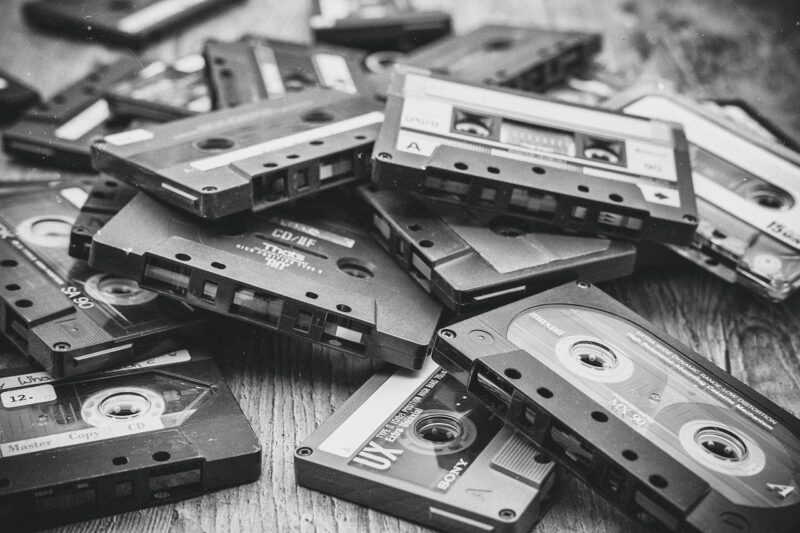The Psychology of Collecting: Why We’re Drawn to Gathering and Preserving
November 16, 2024

Collecting is a universal pastime that spans cultures and generations. From stamps and coins to action figures and vintage vinyl records, the act of gathering and preserving items holds a special place in many people’s lives. But why do we collect? What psychological factors fuel this behavior? In this article, we’ll delve deep into the psychology of collecting, exploring the motivations behind it, the benefits it offers, and how it intertwines with our identities.
1. The Roots of Collecting: A Historical Perspective
Collecting is not a modern phenomenon. Throughout history, humans have gathered items of value and interest. Ancient civilizations collected artistic objects, treasures, and tools, with museums displaying artifacts as a testament to past cultures. The Middle Ages saw the assembling of curiosities from around the world, known as “cabinets of curiosity.” Today, collecting remains a cherished hobby with myriad modern manifestations.
The desire to collect can be traced back to the basic human instinct of survival. In prehistoric times, gathering resources was vital for human survival. This instinct to collect has evolved yet still influences our contemporary hobbies and interests today.
2. Psychological Drivers Behind Collecting
Several psychological factors compel individuals to collect items:
- Identity Formation: Collecting often shapes our identities. It allows individuals to express their interests and passions, contributing to a sense of self. For instance, someone who collects vintage toys may identify as a nostalgic individual, while a coin collector could see themselves as a history buff.
- Social Connection: Collecting can foster community and connection. Many collectors participate in clubs, online forums, or conventions to share their passions, thereby building social ties. This social engagement can strengthen relationships and promote mental wellbeing.
- Control and Freedom: Collecting provides a sense of control and freedom over one’s environment. In a world filled with uncertainties, the ability to curate and organize a collection offers a soothing escape, allowing individuals to create a world where they dictate the rules.
- Achievement and Value: The thrill of finding a rare item can trigger feelings of accomplishment. Collectors often experience a rush of excitement and validation when adding valuable items to their collections, enhancing their self-esteem and sense of success.
3. The Types of Collectors
Collectors come in various types, each driven by different motivations:
- The Hobbyist: This type collects for enjoyment and leisure. They often pursue diverse collections based on what captures their interest, from vintage postcards to unique bottle caps.
- The Investor: Some collectors view their passion as a financial investment. They seek items expected to appreciate over time, such as art, antiques, or rare coins.
- The Connoisseur: These individuals develop extensive knowledge about their collections. Connoisseurs appreciate the nuances, historical significance, and craftsmanship of items, often leading to highly curated collectibles.
- The Preserver: Collectors in this group are motivated by a desire to preserve history and culture. They might focus on items from a specific era or specific geographic area, aiming to document and conserve these pieces for future generations.
4. The Benefits of Collecting
Engaging in collecting provides numerous psychological benefits:
- Stress Relief: The act of collecting can be soothing, often leading to a meditative experience. Organizing items, cataloging, or simply reflecting on one’s collection can bring peace and reduce anxiety.
- Cognitive Stimulation: Collecting often requires research, organizational skills, and evaluation. This mental engagement can improve cognitive function and keep the mind sharp, especially in older adults.
- Emotional Fulfillment: Collecting can evoke positive emotions, including joy, nostalgia, and pride. Each item often carries a story or memory, reinforcing a sense of belonging and personal history.
5. The Dark Side of Collecting: When Passion Becomes Obsession
While collecting can be immensely fulfilling, it can sometimes cross the line into obsession. Hoarding behaviors, where individuals accumulate excessive amounts of items—often to the detriment of their living spaces and lives—can lead to isolation and health issues. Recognizing the difference between healthy collecting and compulsive hoarding is crucial.
Know the signs of problematic collecting behaviors:
- Difficulty in discarding items, even if they hold no significant value.
- Living spaces becoming cluttered or unmanageable.
- Isolation from friends and family due to intense focus on collecting.
If you or someone you know is struggling with compulsive collecting, seeking professional help can be beneficial.
6. Conclusion: Embracing the Collector Within
Collecting is an age-old practice that can connect us to our past and identity while enhancing our mental wellbeing. It offers an avenue for self-expression, community engagement, and a means of preservation. Whether you’re a casual hobbyist or a dedicated connoisseur, embracing your inner collector can lead to profound joy and fulfillment.
So, if you find yourself drawn to gathering and preserving items, know that you are part of a rich tapestry of human experience. Celebrate your collection, engage with fellow collectors, and relish the memories and stories that each piece brings into your life.







